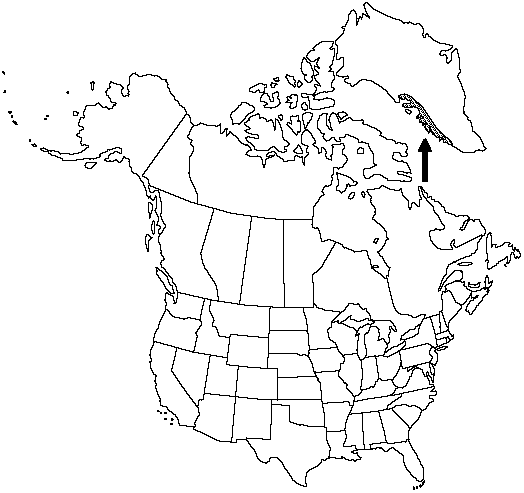Difference between revisions of "Botrychium boreale"
Bot. Zeitung 15(51): 880. 1857.
FNA>Volume Importer |
FNA>Volume Importer |
||
| Line 47: | Line 47: | ||
|publication year=1857 | |publication year=1857 | ||
|special status= | |special status= | ||
| − | |source xml=https://jpend@bitbucket.org/aafc-mbb/fna-data-curation.git/src/ | + | |source xml=https://jpend@bitbucket.org/aafc-mbb/fna-data-curation.git/src/f50eec43f223ca0e34566be0b046453a0960e173/coarse_grained_fna_xml/V2/V2_76.xml |
|genus=Botrychium | |genus=Botrychium | ||
|subgenus=Botrychium subg. Botrychium | |subgenus=Botrychium subg. Botrychium | ||
Revision as of 21:52, 16 December 2019
Trophophore stalk sessile or nearly so; blade shiny green, ovate-deltate, 1–2-pinnate, to 6 cm, fleshy. Pinnae to 6 pairs, ascending, mostly overlapping, distance between 1st and 2d pinnae only slightly greater than between 2d and 3d pairs, basal pinna pair usually considerably larger than adjacent pair, obliquely rhomboidal to oblanceolate-spatulate, mostly shallowly lobed to rarely pinnate, margins entire to very narrowly shallowly crenulate, apex pointed, venation pinnate only at bases of proximal pinnae, otherwise ± like ribs of fan. Sporophores 1–2-pinnate, 1–1.5 times length of trophophore.
Phenology: Leaves appearing in July and August.
Habitat: Dry meadows, south-facing slopes
Elevation: 200–600 m
Discussion
This well-marked northern Eurasian species is best known in Scandinavia, where it occurs most commonly with Botrychium lunaria, with which it occasionally hybridizes.
Selected References
None.
